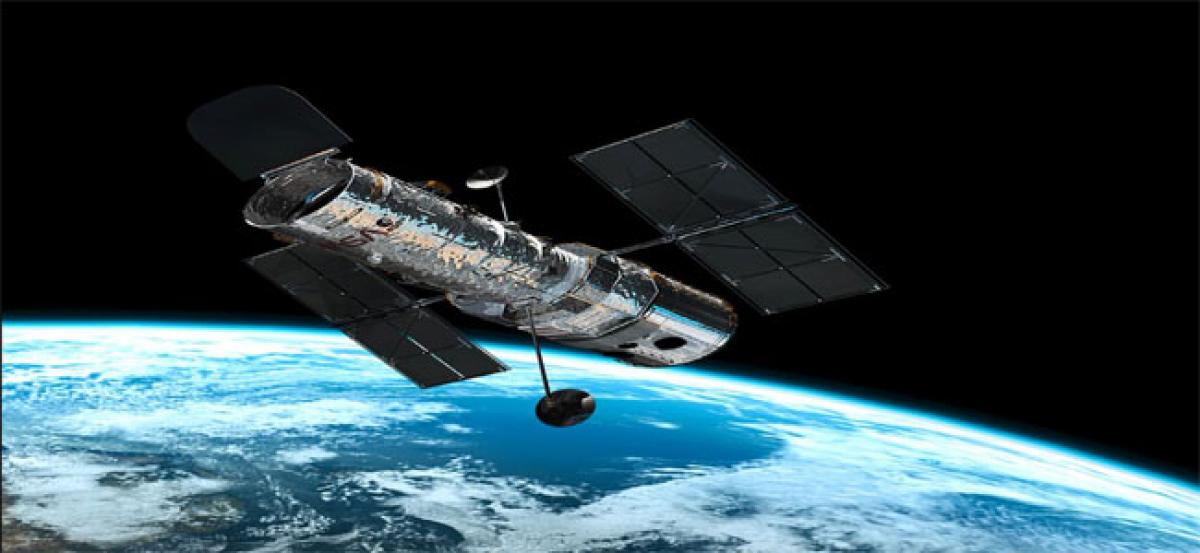Live
- UP: SC’s demolition verdict will help curb organised crime
- Won’t back off from ‘Pharma Village’, says Telangana CM’s brother
- SC order will stop govts from arbitrary house razing: Cong
- AP assembly session: Govt. to introduce five bills today in house Dy. Speaker election at noon
- Reject BJP’s divisive politics in Maha: Uttam
- Travan Core Devasthanam Issues Guidelines for Ayyappa Devotees Visiting Sabari
- Independent candidate slaps election official
- SC parked Yogi’s bulldozer in garage forever: Akhilesh
- No ‘blame game’ over pollution issue: Mann
- 3 Odisha Police officers get ‘Dakshata’ award
Just In

Using NASA\'s Hubble Space Telescope, an international team of astronomers has found that an unusual object in the asteroid belt is, in fact, two asteroids orbiting each other that have comet-like features.These include a bright halo of material, called a coma, and a long tail of dust.
Washington : Using NASA's Hubble Space Telescope, an international team of astronomers has found that an unusual object in the asteroid belt is, in fact, two asteroids orbiting each other that have comet-like features.These include a bright halo of material, called a coma, and a long tail of dust.
The odd object, called 2006 VW139/288P, is the first known binary asteroid that is also classified as a main-belt comet.
Asteroids and comets are believed to be ancient remnants of the earliest years of the formation of our solar system more than four billion years ago.
While asteroids are known as inactive, rocky body orbiting the Sun, comets are bodies of ice, rock, and organic compounds that can be several miles in diametre and they can be at times active. Ice of comets can vaporise in sunlight forming an atmosphere (coma) of dust and gas and, sometimes, a tail of dust and/or gas.
Hubble observations revealed ongoing activity in the binary system 2006 VW139/288P.It probably broke into two pieces roughly 5,000 years ago due to a fast rotation, said the study published in the journal Nature.
Hubble was used to image the asteroid in September 2016 just before the asteroid made its closest approach to the Sun.
The images revealed that it was actually not one, but two asteroids of almost the same mass and size, orbiting each other at a distance of 60 miles.
"We detected strong indications for the sublimation of water ice due to the increased solar heating -- similar to how the tail of a comet is created," explained team leader Jessica Agarwal of the Max Planck Institute for Solar System Research, Germany.
The combined features of the binary asteroid -- wide separation, near-equal component size, high eccentricity orbit, and comet-like activity -- also make it unique among the few known binary asteroids that have a wide separation.
The researchers believe that understanding its origin and evolution may provide new insights into the early days of the solar system. Main-belt comets may help to answer how water came to a bone-dry Earth billions of years ago.
The fact that 2006 VW139/288P is so different from all other known binary asteroids raises some questions about how common such systems are in the asteroid belt.
"We need more theoretical and observational work, as well as more objects similar to this object, to find an answer to this question," Agarwal said.

© 2024 Hyderabad Media House Limited/The Hans India. All rights reserved. Powered by hocalwire.com







